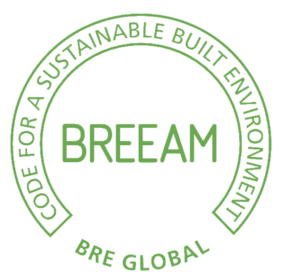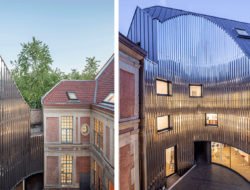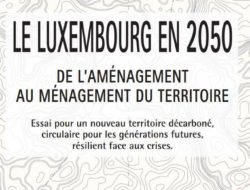BREEAM, Leed, HQE, Well… all these certifications attest to the sound ecological performance and sustainability of buildings in our cities. But what exactly do they cover? Focus on BREEAM.
La Norme BRE Environmental Assessment Method a été créée en 1986 par le Building Research Establishment, un organisme britannique dont l’objectif est d’améliorer les performances environnementales des bâtiments. Cela passe par dix critères (santé, bien-être, transports, eau, déchets, pollution, énergie, innovation…) qui, chacun, génèrent des crédits. Et, même si leur liste diffère légèrement, ces critères sont dans le droit fil des 17 objectifs de développement durable des Nations Unies, en particulier l’ODD 11, « Villes et Communautés Durables ».

BREEAM, more oriented towards office property, is internationally recognised, the criteria of which may also vary slightly depending on national legislation. These criteria are verified and measured by specially trained assessors throughout the construction of a building (from design to acceptance and occupancy).
Start from a blank canvas
This certification concerns both new buildings and renovations. However, in the case of a renovation, it is generally more complex to reach the required levels of excellence because a building to be renovated has been built according to standards that are usually outdated.
Of course, over the years, the major urban developers have acquired very detailed knowledge of techniques and processes, which further improves performance on these certifications. As a result, most major European projects are now aiming for the BREEAM Excellent standard.
The impact of these certifications is significant: in addition to the financial aspects, it is a question of offering a better quality of life to the end-users of a building and having a positive impact on their productivity, comfort, and well-being. As we can see, the environmental aspects of a building always go hand in hand with its human benefits.
Tags: BRE Environmental Assessment Method, BREEAM, HQE, Leed, Well




































